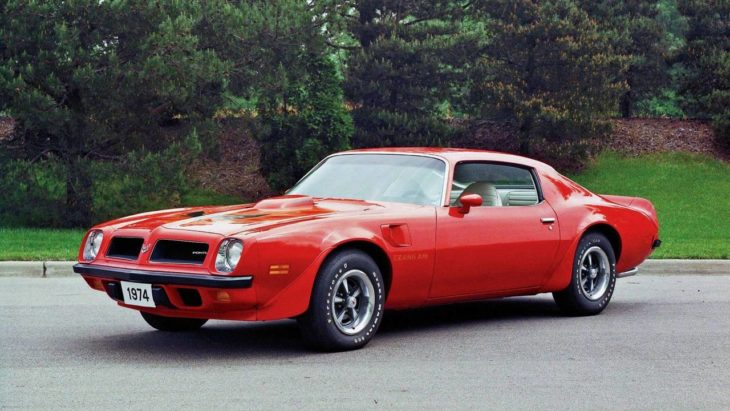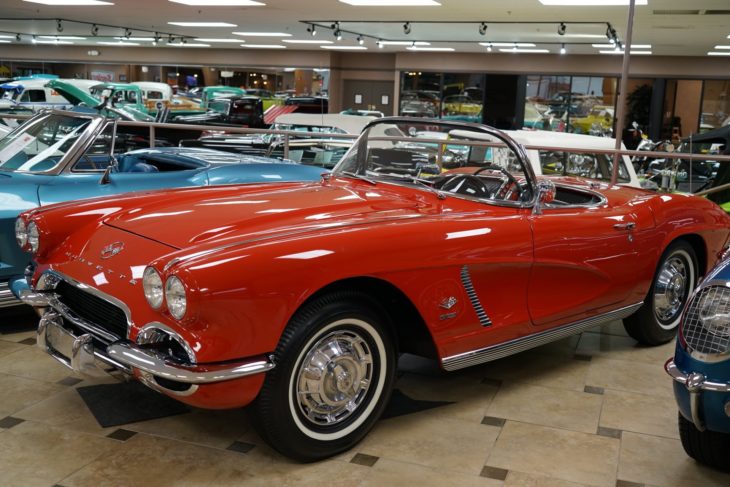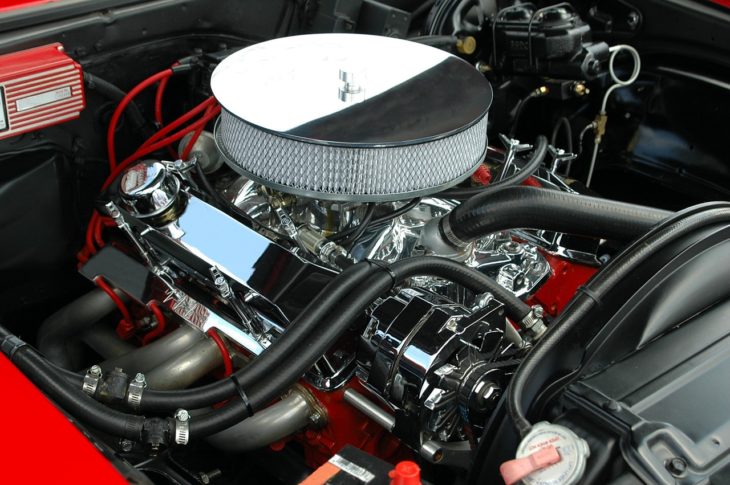Vintage cars are assembled from parts that considerably have more character and charm. Sporting those genuine leather seats and unique design models, it is no surprise that classic cars can still be spotted in the streets of the biggest cities. Nonetheless, if you want to successfully get in on the vintage car craze, there are a few things that you should know to make sure that you can easily cruise down the road with a perfectly conditioned vehicle.
Contents
Tips to Keep Your Vintage Car in Top Shape
Classic cars possess an engineering prowess that many modern vehicles of today lack. These cars were designed in a different era which arguably had a lot of raw edges that contributed to the overall driving experience. However, today, only a few individuals own these magnificent vintage cars and truthfully, there are always a few things you should know if you want to sport that amazing classic car aesthetic.

Source: Motor1
Avoid Rust Due to Road Salt
Mostly every individual who knows a bit about chemistry would understand that steel which has iron oxide produce rust when exposed to Sodium Chloride. Nonetheless, only a number of people really understand how fast the damage works. A single drive on a wet and salty highway can give your vehicle a hideous coat of rust on the surface of anything in its underside which isn’t properly protected. Most of the rust-free and cleanest vintage cars that are still around are from the humid Pacific Northwest because it only snows a little and they don’t use road salt.
Check Your Tires on a Regular Basis
A lot of classic cars don’t get to experience 15,000 miles of usage annually and, usually, completely hazardous tires can seem deceitfully in good condition. Moreover, age, tread wear, flat spots, dry rot, and UV exposure can render tires unsafe. In regards to tire life, more or less six to seven years tops never minding the look of the tires. A thrown tread or a blowout may not just jeopardize your well-being, it can extremely harm your car.
Others discovered this the hard way as they experienced it themselves when a decent-looking tire lost a tread which made a dent the size of a football in the lower part panel of an otherwise sleek classic vehicle.

Source: Ideal Classic Cars LLC
Cure Your Inclination to Drive Badly
The number of stuff which you may opt to do to shorten the life of the major systems of a classic — from differential, engine, transmission — is quite long and is not included in the article’s scope. But truthfully, the most ruinous act you can do to a vintage car is not letting it start up thoroughly. Numerous people who definitely should have known better are witnessed to start a cold vehicle and quickly push it towards the red mark on the initial shift. Remember to drive smoothly until the vehicle has already reached the standard working temperature that is commonly near the midpoint of its temperature meter.
Store Your Car Properly
Not making use of jack stands, failing to utilize a stabilizer or drain the fuel, and checking if antifreeze is effective all add to storage decline. However, the main destructive being has a tail and furry body. Mice and rats can thoroughly mess your vintage car on the inside. These pests chew up insulation and upholstery to form their nests where they reproduce, pee and poop.
The worst thing is that they gnaw on wiring harnesses wherein nothing will be noticeable until some parts catch fire or produce smoke from the back of your car’s dash.

Source: Vehicle Protection Specialists
Use and Maintain Regularly
This particular tip is a bit counterintuitive. For many, when vintage cars are brought to thought, the visage of the queen of trailers or pieces from a museum lurks in mind. In fact, countless individuals regard that these vehicles are the most maintained automation. In truth, they usually are the ones that have the most problems when the time comes that they need to start their engine.
Truthfully, not using your car is abuse. It dries out and would proceed to leak; its gas becomes stale and converts to varnish; the batteries deteriorate if it isn’t removed, and the tires acquire flat spaces. Meanwhile, cars that are maintained and used regularly are usually more reliable and safe. You can also check out lemonsquad.com if you want to set a tune update for your beloved classic with a reliable car inspection company when you’re too busy or too lazy to inspect the car yourself.
Takeaway
Contrary to popular belief, a lot of classic vehicles aren’t fragile glass. In truth, countless cars are tough as an anvil, especially American vehicles of the 50s and 60s, which was made with small amounts of plastic and genuine Pennsylvania steel.
However, even these cruising hard steel may be severely damaged through improper handling. Make sure you can always slay with your beautiful vintage car by taking proper care of it.
